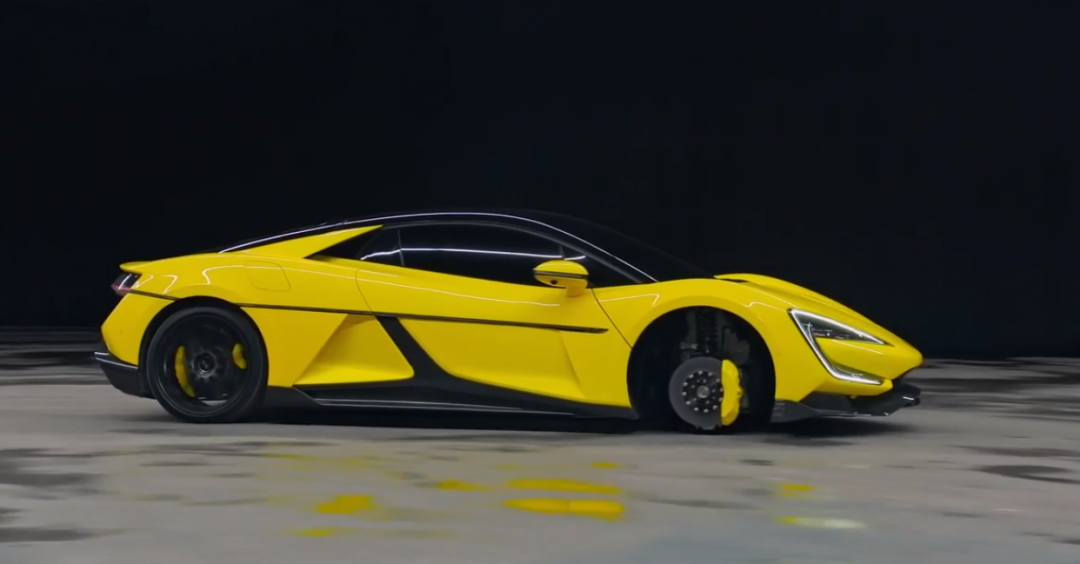Translate the following Markdown Chinese text into English Markdown text, in a professional manner, retaining the HTML tags within the Markdown and outputting only the result.
Author: Chen Jianli
At the BYD press conference, the high-end brand Yewo released the pure electric flagship supercar U9. The biggest focus in the new car’s promotional video, however, was not the exaggerated supercar design, but the Yewo U9 driving with just three wheels.
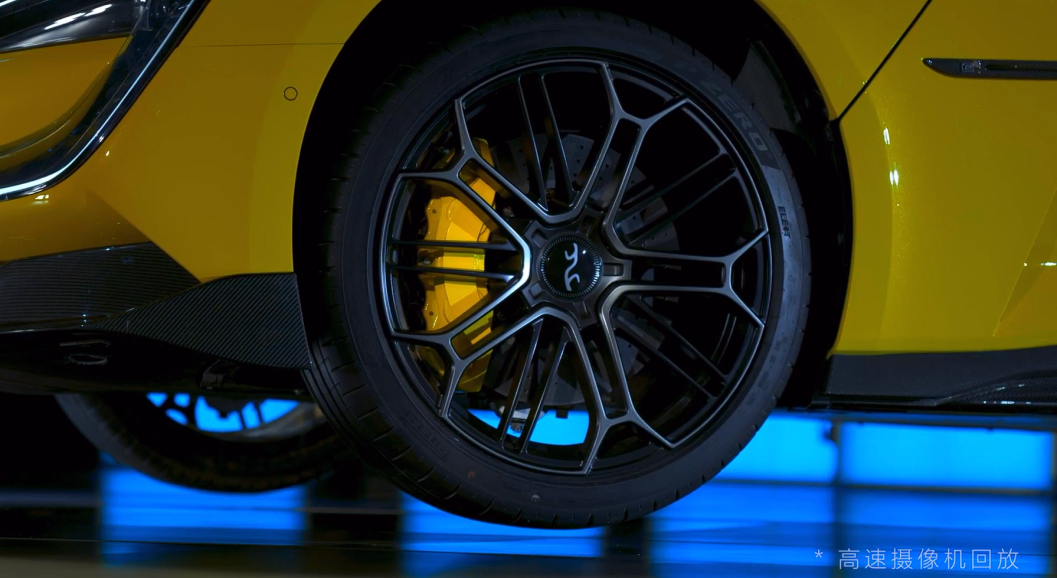
But this is not a “rollover” scene, but the powerful effect of BYD’s latest Yunnie (niǎn) intelligent body control system (hereinafter referred to as Yunnie). Even with the loss of one wheel as support, the severely unbalanced body can maintain balance through Yunnie, which is just one of its functionalities. Under Yunnie’s blessing, the U9 also danced, and unlike the Mercedes-Benz GLS “dance style”, the height of each suspension of the U9 can be adjusted independently, even completing a leap, leaving everyone stunned. In addition, this system includes several sub-matrix systems that can be applied separately to most of BYD’s vehicles. With the support of this system, BYD’s models will be empowered, and their product strength will be significantly improved.
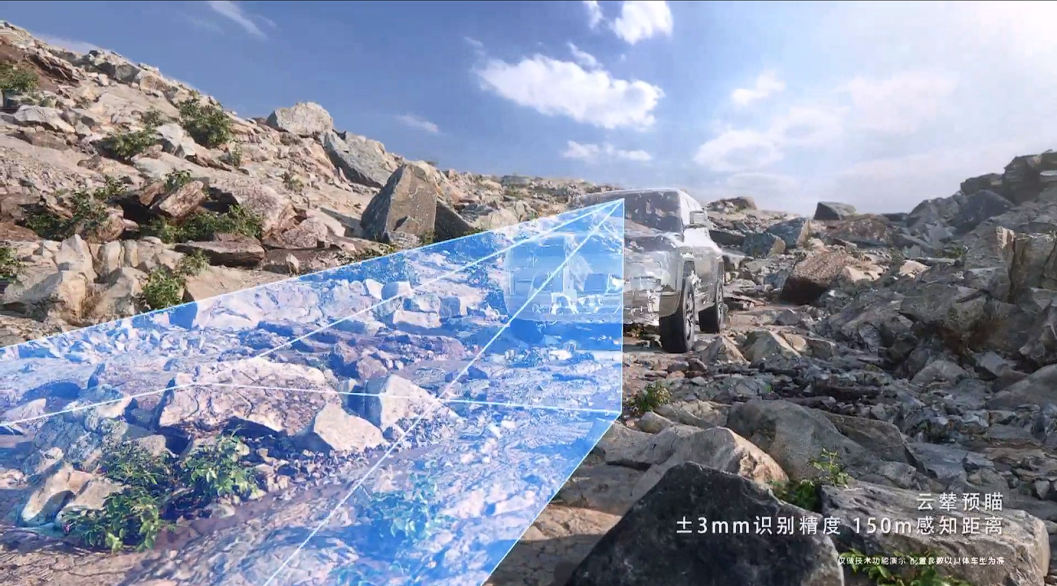
What is the principle of Yunnie? It recognizes road information through binocular/monocular cameras and LiDAR, and makes ultra-high-speed intelligent adjustments to the suspension’s softness, height, and support force through the data from 50+ sensors placed in different positions on the body, plus acceleration signals, steering angle signals, and body height. This allows vehicles to travel across different road surfaces smoothly and comfortably.
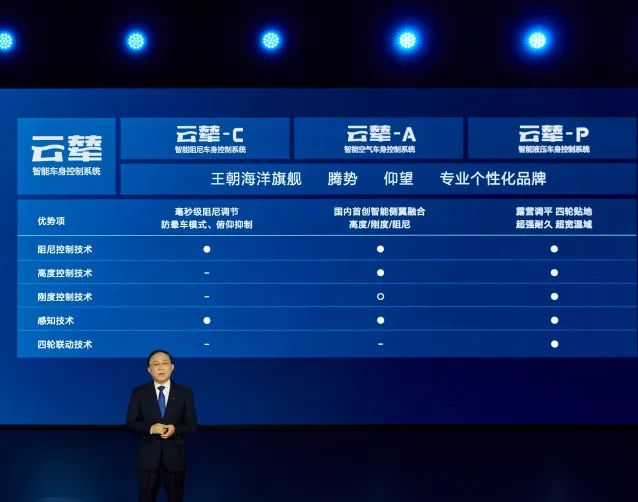
The Yunnie product matrix includes Yunnie – C, Yunnie – A, Yunnie – P, and Yunnie – X, covering the four dimensions of comfort, handling, safety, and off-road vehicle needs. Further derivatives of the same matrix will be developed in the future.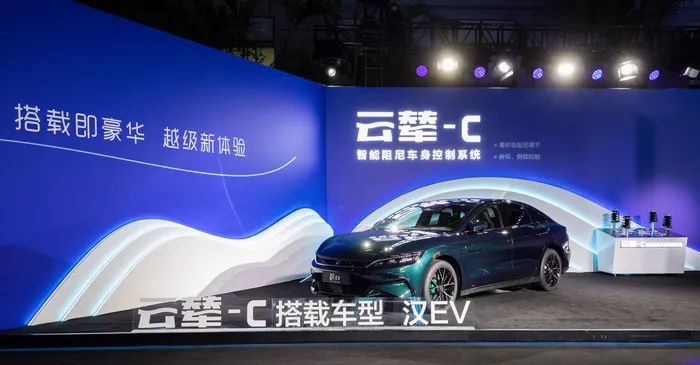
Among the four released Yunquan systems, Yunquan – C is the most accessible for consumers, utilized on flagship models from Ocean and Dynasty families, including current BYD Han, Tang, and some Tengshi D9 models which can be upgraded via OTA. Yunquan – C is suitable for cars with variable damping control suspension, and compared to existing damping control systems, it can adjust the damper damping based on thousands of signal receptions per second and a microsecond-level intelligent computing center, automatically “softening” on bumpy roads to enhance vibration filtering capacity, and “hardening” the suspension damping when entering driving rhythms with significant body posture impact, thus providing a more stable body and effectively avoiding passenger motion sickness.
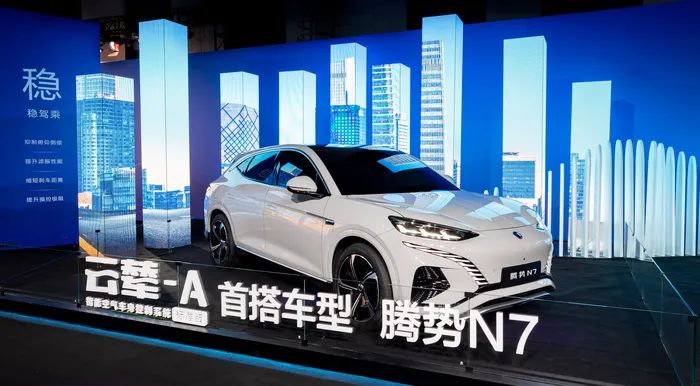
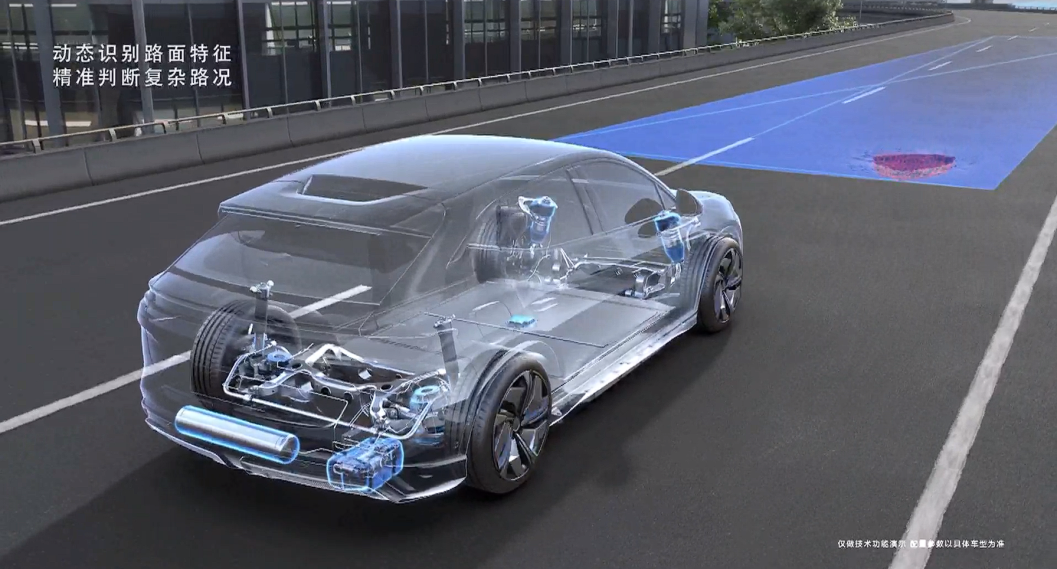
Yunquan – A employs an electromagnetic damper + air spring structure, to be applied on Tengshi N7 models. The intelligent adjustment logic of Yunquan – A shares certain similarities with Yunquan – A, such as adaptive stiffness and support force adjustments, but due to the height-adjustable air spring, Yunquan – A’s suspension travel can reach 150mm, allowing manual height adjustment, automatic adjustment, and a welcome mode. These features resemble common air spring functions, with the greatest difference lying in the algorithm.
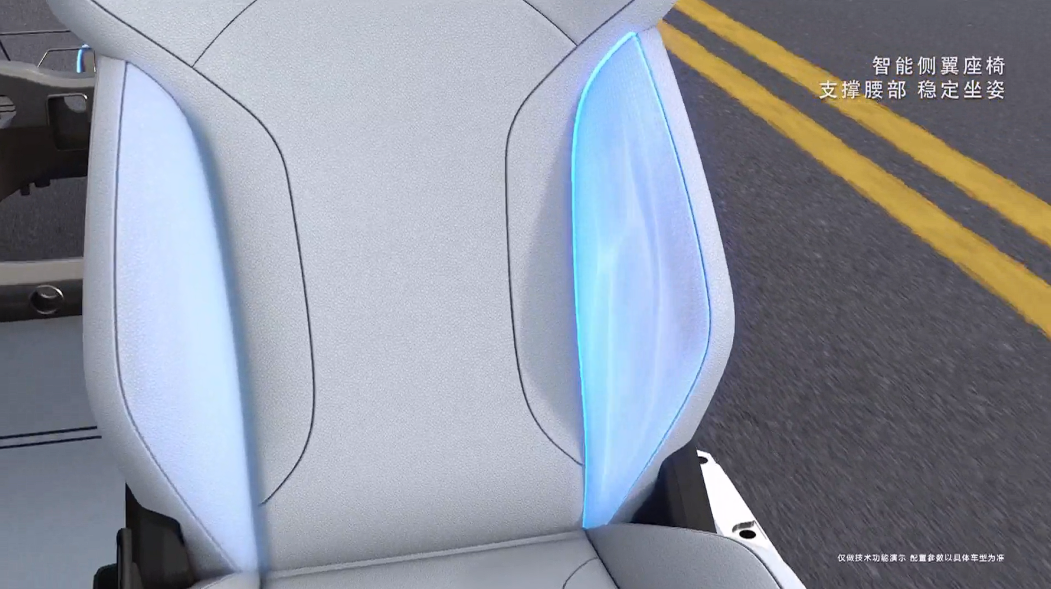
However, aside from the intelligent adjustment of the suspension system, Yunquan – A also enables automatic angle adjustment for seat side wings. For instance, when the vehicle is cornering, the driver’s seating position will tilt due to force, and the seat wings will quickly inflate and elevate to provide sufficient wrap and support, ensuring the driver maintains the most stable driving posture at all times.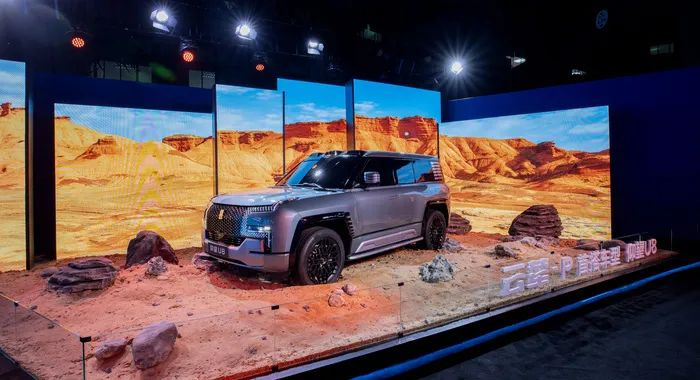
As the top-end brand under BYD, the Yozawa U8 has demonstrated capabilities such as hovering above water and in-place U-turns, which are all included in the Yunche-P system. The Yunche-P employs hydraulic dampers instead of air springs, and the reason is simple: the Yozawa U8 is positioned as a hardcore off-road vehicle, and hydraulic dampers provide better stability on harsh, high-intensity unpaved surfaces, while also supporting adjustable height functions.
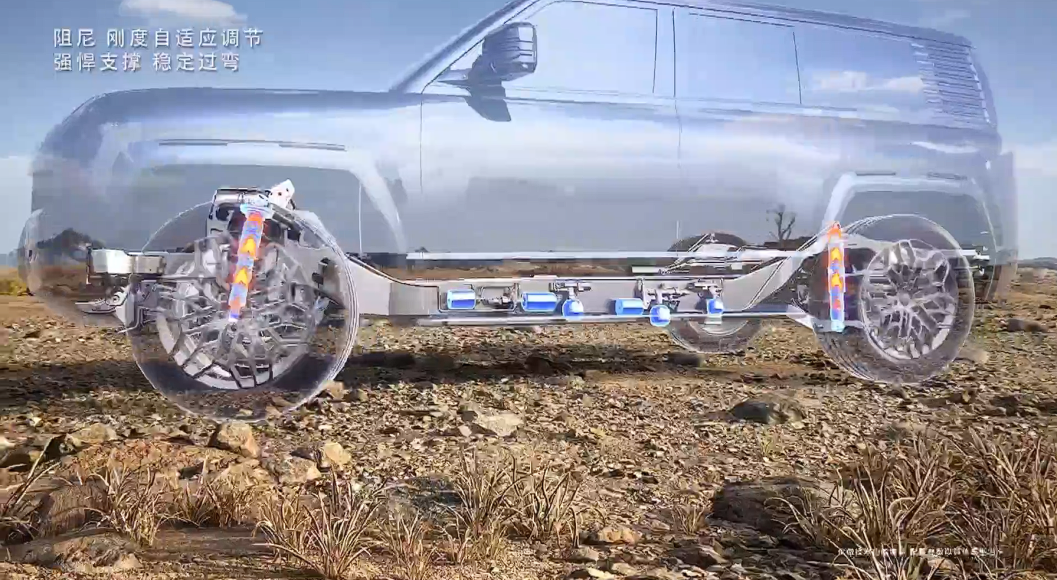
The hydraulic dampers of the Yunche-P can achieve three levels of automatic stiffness adjustment, corresponding to daily use at first level, intense driving at second level, and landing from ramps at third level. For the third level’s damping force, the officials claim it can reduce impact force by 50%, thus avoiding damage to vehicle functions due to impact.
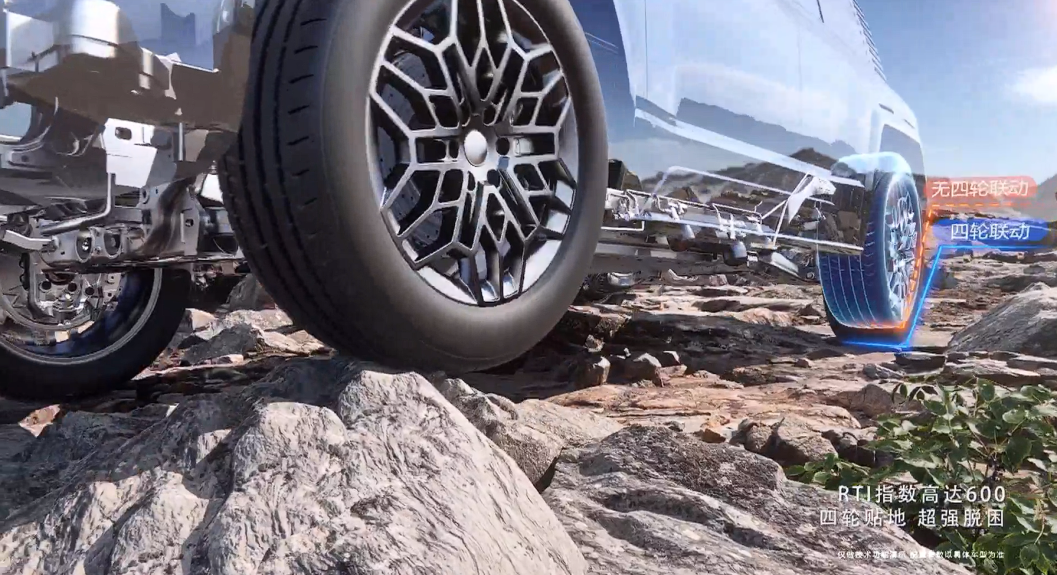
Interestingly, when encountering cross-axle terrain during off-road driving, the four-wheel interconnected mode of the Yunche-P can automatically send hydraulic fluid to the dampers of the suspended wheels, allowing the suspended wheel dampers to extend their travel, making wheel contact with the ground for traction and escape. In this mode, the maximum suspension travel difference can reach 620mm, a quite exaggerated figure. Since there is a four-wheel interconnected mode, it can also independently adjust the suspension height of individual wheels, for instance, manually adjusting a single wheel’s height to restore balance to an uneven vehicle body, but this function can only be used while stationary.
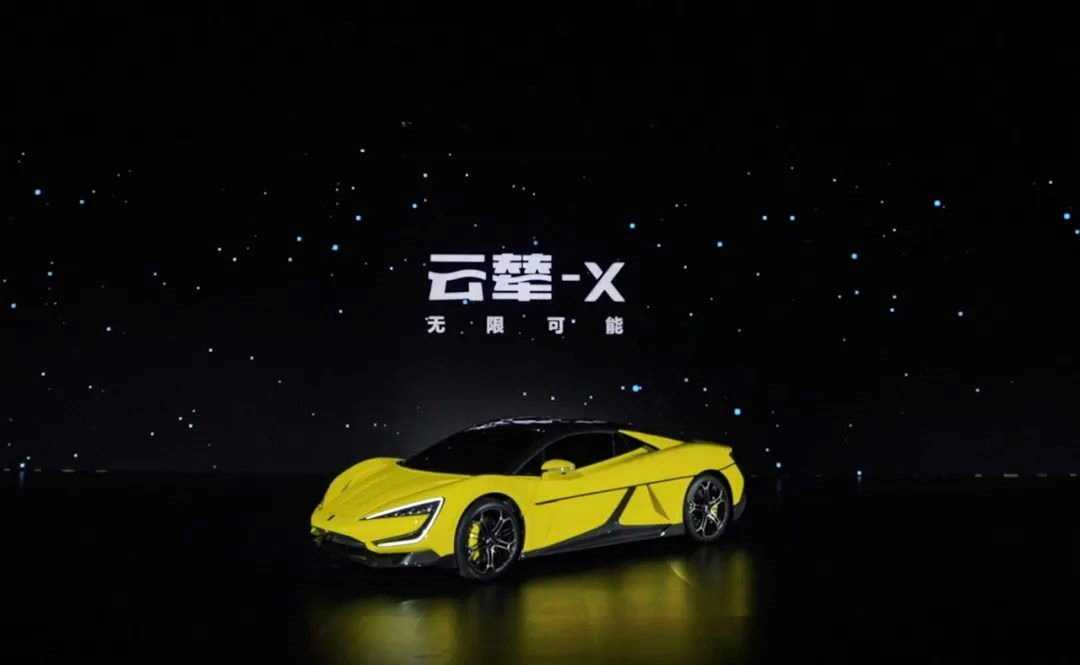 As for the information about Yun-Chariot – X, the official details have not been elaborated. It is certain that Yun-Chariot – X combines the outstanding features of the above three systems and will be used as a flagship positioning for the most expensive models. According to my speculation, it is very likely to be used in the U9.
As for the information about Yun-Chariot – X, the official details have not been elaborated. It is certain that Yun-Chariot – X combines the outstanding features of the above three systems and will be used as a flagship positioning for the most expensive models. According to my speculation, it is very likely to be used in the U9.
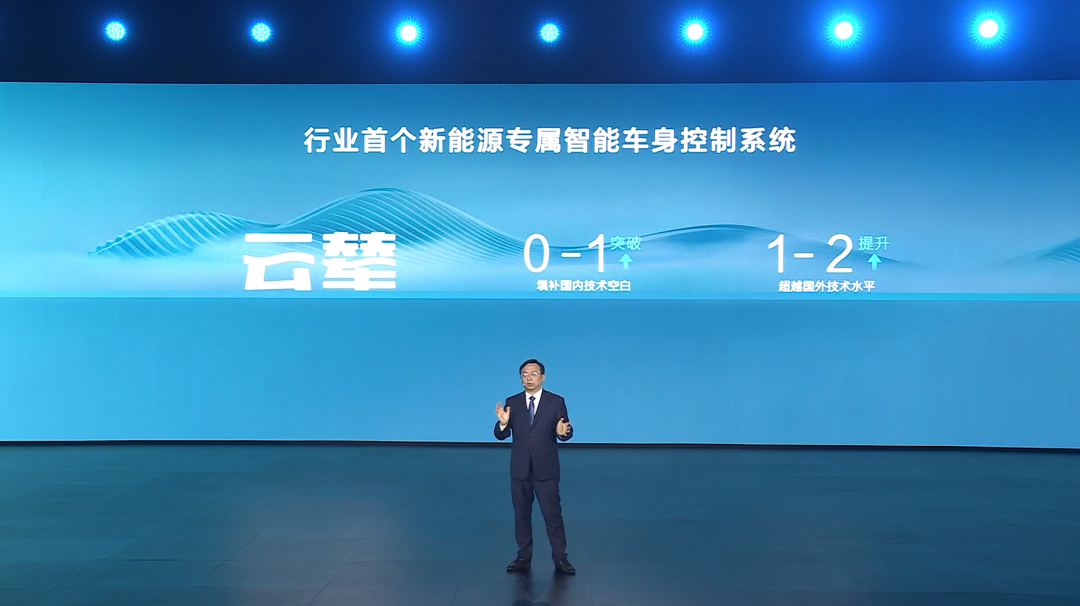
The Yun-Chariot intelligent vehicle control system is fully researched and developed by BYD, with reportedly over 1 billion in costs involved. This demonstrates BYD’s determination in researching and developing intelligent chassis and suspension control systems. The emergence of this system is not only of paramount importance to BYD but an unprecedented presence in the history of Chinese automobiles as well.
Today, we no longer doubt the achievements of Chinese car brands, particularly in the field of new energy. However, some brands still struggle to solve the century-old challenge of chassis tuning and control. As for this hardware tuning method affecting vehicle handling, comfort, and safety, BYD has provided the best solution among Chinese auto brands. While I look forward to the formal implementation and mass-production of these features, I also hope that consumers will experience product functions that are basically consistent with what is presented at the launch event.
This article is a translation by ChatGPT of a Chinese report from 42HOW. If you have any questions about it, please email bd@42how.com.
